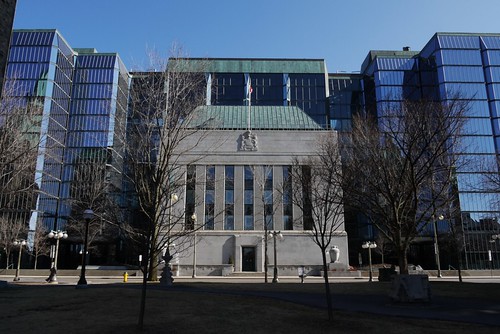Canadian Survey of Consumer Expectations—Third Quarter of 2023
Bank of Canada #BankofCanada

Consumers’ everyday activities, such as shopping, affect their perceptions of current inflation. These experiences may be contributing to the gap between actual and perceived inflation. Survey results show that the gap is particularly wide for people whose price growth expectations are higher than others’ for items they routinely pay for or that are very visible, such as:
Expectations for growth in these specific prices are either rising or stable at very high levels. The widespread view that these routinely seen prices are growing quickly helps explain some of the abnormally large gap between perceived and actual inflation. In follow-up interviews, respondents frequently mentioned high food inflation as the main factor influencing their perception of overall inflation. An interview respondent said, “I’m feeding a family of five and my grocery bill is through the roof. Prices seem to be still rising.”
Consumers who expect interest rates to increase also have a wider-than-usual gap between their perception of inflation and what official data show. One reason for this is that many consumers can see the effect of higher interest rates on costs such as mortgage payments. One respondent said, “Mortgage interest is inflationary.”
In addition, the news coverage that people focus on may affect their perceptions of inflation. Consumers are more interested now in news about inflation than they were before the COVID‑19 pandemic. Interviews showed that respondents tend to focus on stories about how inflation continues to be higher than before the pandemic as opposed to stories on the easing of inflation. When asked about the economy and inflation, one respondent said, “With what I hear from my surroundings, what we hear in the media, it’s rather discouraging.”